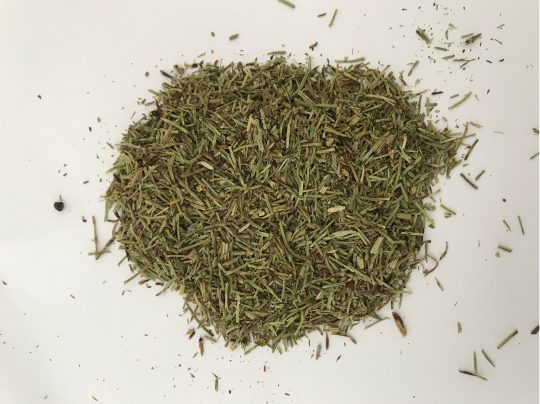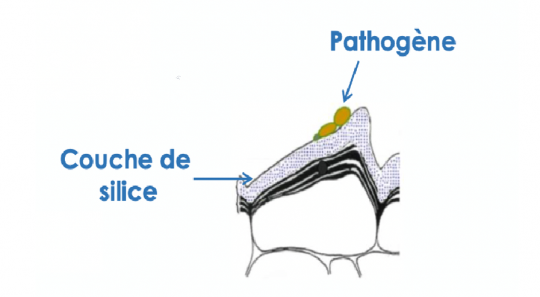Alder buckthorn bark
Applied after flowering, alder buckthorn decoction inhibits the development of downy and powdery mildew mycelium. It helps the vine to produce stilbenes which are very toxic for mildew due to their high anthraquinone content. The recommended dose is 120g of dry plant/ha. An alder buckthorn decoction can also be combined with a decoction of horsetail or oak bark for example. The maximum mixture dosage should not exceed the recommended dose for a single plant.
The active ingredients of alder buckthorn and how they work: when attacked by a fungus, the plant receives a "warning signal" and sets up a defence mechanism against this pathogen by the synthesis of stilbene phytoalexins (resistance markers). These phytoalexins, considered to be among the vine's most effective responses during fungal infection, have a biocidal and fungistatic effect against downy mildew (plasmopara viticola) by reducing the mobility of the zoospores. However, the plant can take time to synthesize these molecules after recognition of an attack and therefore does not fight the fungus immediately. Spraying with alder buckthorn, which is rich in anthraquinones (emodin), reduces the fungus's mobility by inducing the synthesis of stilbenes by the plant. Alder buckthorn is a "base substance" that can be used as a preventive measure, in addition to the usual treatments in order to reduce the risk of mildew attacks, but it also acts by stimulating the plant's defence mechanisms (PDS) through the increased production of stilbenes.
Other plant extracts such as rhubarb roots have an antifungal effect. It is also used against downy mildew in order to reduce doses of copper. Alder buckthorn and rhubarb have an eliciting effect on the plant's natural defences and a biocidal effect on mildew.


